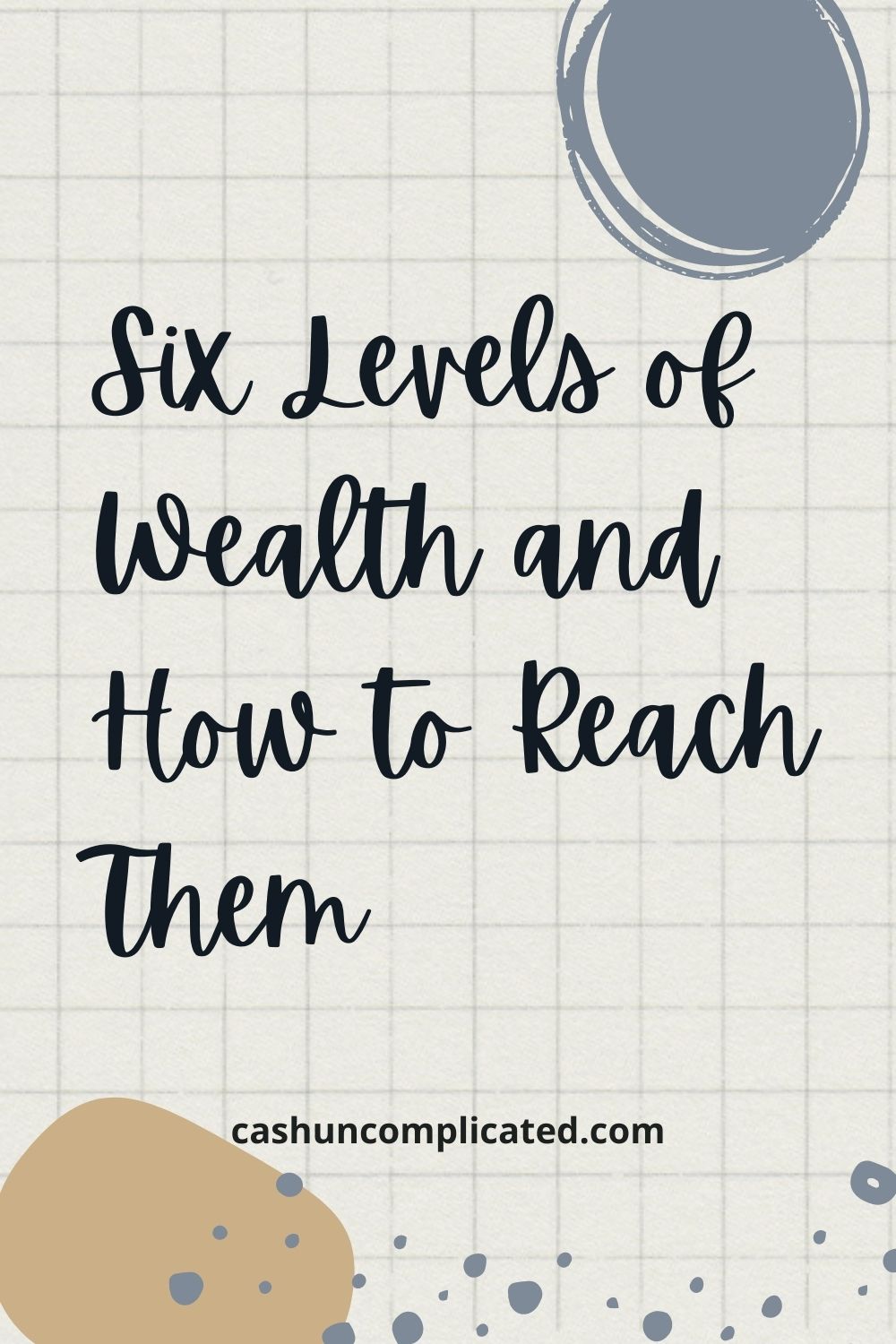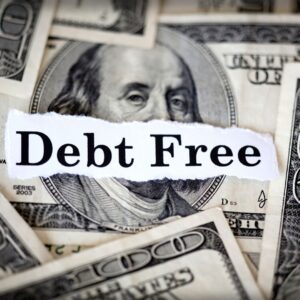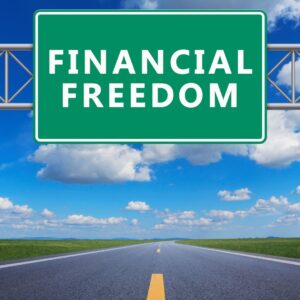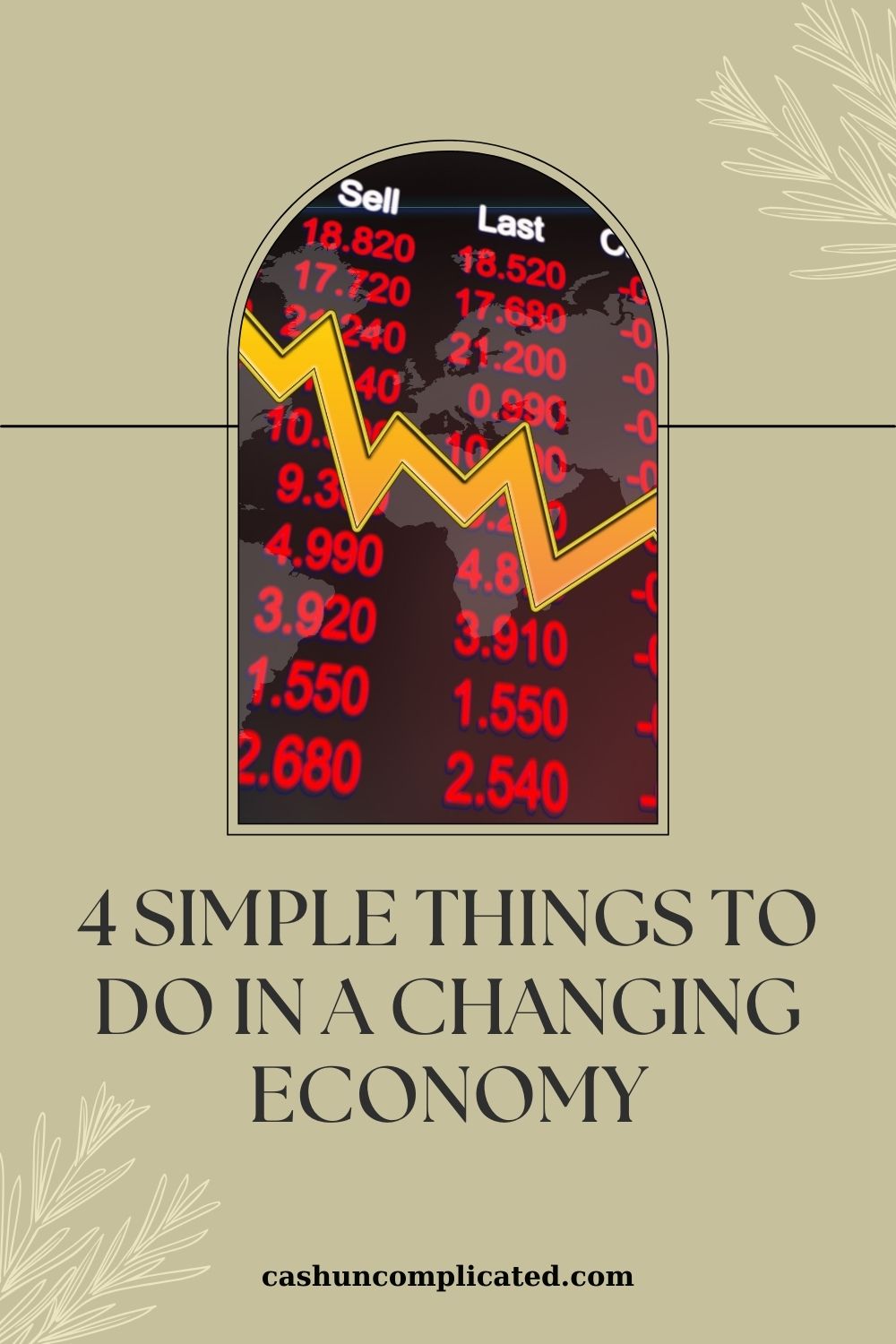Wealth is a broad topic. Contrary as it might sound, wealth isn’t always about money. There are many elements as I wrote about in this post about wealth. However, to simplify for this post about levels of wealth, I will focus primarily on wealth as it pertains to money.
What is Wealth?
Wealth is a really big topic. Depending on who you ask, you’ll hear a different definition of wealth. To name just a few elements of wealth:
- Financial aspects
- Physical and mental health
- Relationships with family and friends
- Social capital
- Purpose, values, impact on others
- Optimal levels of stress
- Safety and security
This list could extend several pages, but these are enough examples to keep moving forward. As mentioned in the introduction, since wealth is such a broad topic, this post is going to narrow it down to primarily the financial levels of wealth.
6 Levels of Financial Wealth
Financially speaking, I narrowed it down to six levels of financial wealth.
- Clearly defined values
- Consumer debt free
- Saving and investing regularly
- Investing at a high level
- Financial freedom
- More than enough
Each level is a benchmark toward greater wealth and abundance. The next several sections will focus on dissecting each level of wealth, beginning with setting clearly defined values.
Level One: Clearly Defined Values
It’s hard to start a conversation about wealth without addressing the why, what, and how. Just some of the possible things to explore:
- Why do you want a certain amount of money?
- What will you do with set amount of money?
- How will you spend your money and your time?
These questions will guide how much money you need to achieve your definition of wealth. If you’re someone who wants a luxury lifestyle, you’ll obviously need a lot more money to achieve that wealth than someone who would be equally satisfied living a much simpler lifestyle.
That’s why it’s important to address these questions before you start. Getting clear on your values helps build a roadmap toward the actions you need to take to achieve your definition of wealth.
This sounds like a simple step but too many people skip it and subsequently end up getting lost. They work and invest without a purpose, and eventually realize they’ve been working for something they may not necessarily even want.
To help with this, I subscribe to the value-based spending model. I’ve also expanded that to value-based living, which is being hyper-focused on doing the things that matter–and minimizing (and even eliminating) the things that don’t.
Once you have a guide, or a roadmap on where you want to go financially, it makes the execution much easier. It’s easy to skip this step because it seems simple and like something you can easily go back on. Try to avoid the temptation though, you’ll be glad to find a high level of clarity early in the process.
Level Two: Consumer Debt Free
Now that your values are clear, it’s time to move on to step two of the levels of wealth: being consumer debt free. To provide a framework, I define consumer debt as any kind of debt that is not producing income or an asset expected to rise in value. Common types of consumer debt includes credit cards, store credit, personal loans, car payments, payday loans, etc.
If you’re already consumer debt free, congratulations, you’re in a fantastic place. Consumer debt is one of the biggest obstacles to wealth building, which is why I like to address it early.
Strong Foundation
If you think of a skyscraper or any building, they need a strong foundation. You can build the most beautiful building, but if the foundation is weak, it will forever be wobbly. And it probably will eventually collapse.
Being consumer debt free is at the foundation of financial success. It puts the average person in a position of financial strength where they are starting with a clean slate to build upon.
- No lingering bills to pay off
- High interest credit card payments eliminated
- No reverse compounding
Consumer debt means the average person is working the first several hours of their job just to pay the creditor for something that was bought a long time ago. It’s living life in the rearview instead of moving forward towards new financial heights. It’s a continual attempt to break even.
For example, compare someone with thousands of dollars in consumer debt with someone who has no consumer debt. The person with consumer debt is starting each month with old bills. An $800 credit card bill, a $650 car payment, $600 per month to pay off a personal loan, etc.
The person with no consumer debt on the other hand has none of these bills. They are starting each month with hundreds, or even thousands of dollars that can be put toward investing, recreation, or whatever they want. It’s a strong financial place to be in, and why I put it second on the levels of wealth.
Related:
- The Psychology of Paying Off Bad Debt
- The Sure Bet: Paying Off Debt
- Debt Snowball, Debt Avalanche, or Hybrid Method–Which Should You Choose?
Level Three: Saving and Investing Regularly
Level three is saving and investing regularly. To clarify, saving and investing doesn’t happen directly after consumer debt is paid off. My opinion is people should save and invest while paying off consumer debt but focus more on the debt payoff. I address this topic at length in my book Cash Uncomplicated.
However, the real magic starts once the consumer debt is completely paid off. The financial foundation is set and money can be poured into savings and investments. All the money that used to go toward paying off consumer debt is now reallocated.
As saving and investing becomes a habit, the money begins to compound. The person in the third level of wealth could be categorized as a beginner to wealth building. Most of the money is probably going to one or more of these things:
- A fully funded emergency account
- IRA’s or Roth IRA’s
- Sponsored work retirement plans like a 401(k) or 403b
- A house or rental property
In this stage, the foundation is really getting set. Consumer debt is paid off and the beginning stages of wealth building are in motion. Expect this stage to last for a few years or longer.
Level Four: Investing at a High Level
Number four on the levels of wealth is investing at a high level. At this stage:
- Consumer debt is paid off
- An emergency account is fully funded
- Investments are beginning to compound
- No longer living paycheck to paycheck
The basics are covered, the foundation is very well set, and wealth building is occurring at a rapid pace. The individual in this stage is likely investing more than they ever have at any point in their life and the money is also compounding at a faster rate than ever before.
More advanced investment strategies are being implemented and there is increased clarity about their financial future. A person in this situation is still working and producing income but the plan is working–financial freedom is well within sight.
Level Five: Financial Freedom
The next level is financial freedom. An entire blog post can be written on this topic alone because there are multiple levels to financial freedom. But for the purposes of this post, a summary will do. For a detailed description of the levels of financial freedom, see this post I wrote about the FIRE movement.
Financial freedom is when you no longer need to work to support your lifestyle. The beginning of financial freedom is simply having enough to live on to support essentials like food, shelter, and healthcare. Many people in the beginning levels choose to continue to work to provide extra cushion and the ability to spend more on luxury or recreation.
Higher levels of financial freedom are having enough to support not only the essentials, but having plenty for travel, recreation, giving, entertainment, and miscellaneous items that come up. Which takes us to number six on the levels of wealth–more than enough.
Level Six: More Than Enough
More than enough is financial freedom and more. There are stages to financial freedom, but “more than enough” is a level on its own. More than enough means there is so much money coming in monthly that the amount exceeds any bills or expenses incurred.
Not just bills and expenses to get by, but the cost of all the extras. It would be no problem for a person in this position to travel wherever they want to go, have multiple houses, cars, and other luxury items. A week in the Hamptons followed by a trip to Europe in a private jet wouldn’t be out of the question for someone at this level.
The person in this position would be considered financially rich by any cultural standard. It’s a stage far beyond wealth and financial freedom. This is “one percenter” wealth.
Beware of Level Zero: Fake Wealth
One of the levels of wealth isn’t a level at all. It’s level zero, or fake wealth. Wealth is easy to fake for awhile. Many people are in the position to make them appear wealthy. They can buy a flashy car or expensive clothes on credit. This doesn’t mean they are wealthy though, they are just giving the appearance of being wealthy.
In my book, I write in detail about how easy it is to fake wealth. Nobody has any real way of knowing the truth, and to be honest, nobody really cares. Fake wealth is something insecure people take part in to make themselves look better. And it’s almost always to their detriment.
It usually involves high debt, large monthly payments, and stress. Sure, it might make someone feel better for awhile but without solid fundamentals, it’s a no win situation.
The 6 Levels of Wealth and the FIRE Movement
The six levels of wealth is not the same thing as the FIRE movement. There are some similarities, but there are also major differences. It’s like talking about ice cream and oranges. They’re both food and taste sweet, but they don’t have much more in common than that.
The main focus of the FIRE movement is on financial independence and the lifestyle choices to get it. Financial independence is a level of wealth, but it’s only part of the equation. There are four levels of wealth leading up to financial independence and one level after it.
FIRE is also a movement and a community while the six stages of wealth are just a framework. Both are important to understand, and key principles can be derived from both, but there’s not a lot of similarities other than that.
Final Thoughts
Life is meant to be enjoyed and to be lived with a purpose. Accumulating wealth is a by-product of those efforts. Building wealth is important, but it’s not the main goal. The six levels of wealth are part framework, part entertainment.
To quote Jim Rohn, “Set a goal to become a millionaire for what it makes of you to achieve it. Do it for the skills you have to learn and the person you have to become.”
Financial success can be achieved before being financially independent, or rich. There is financial success in all the levels. Having clearly defined values is a win, so is being consumer debt free. Both of these things happen well before financially independence or being rich. Enjoy the little victories and remember financial success comes in stages.
What are your stages of wealth?












